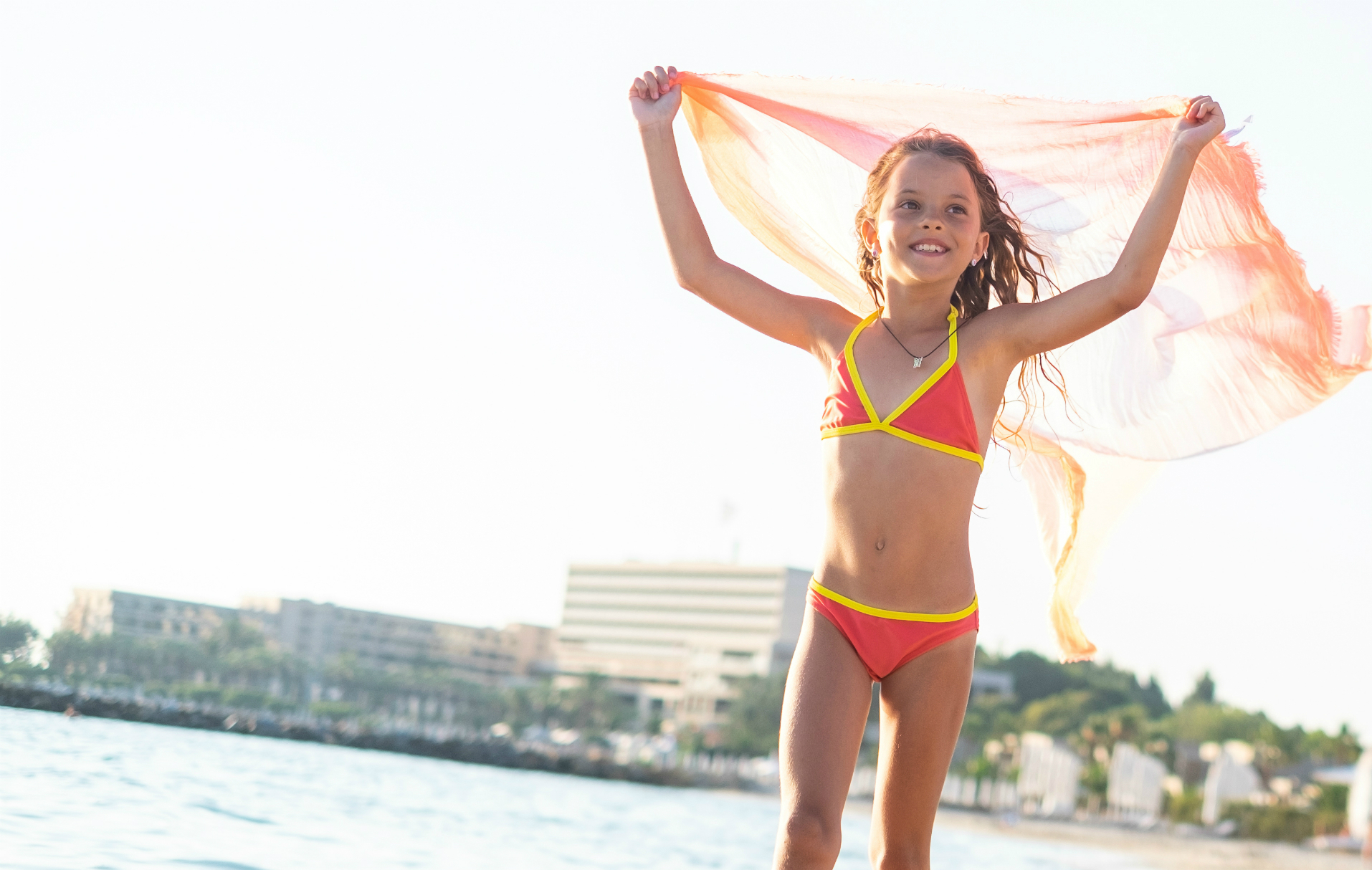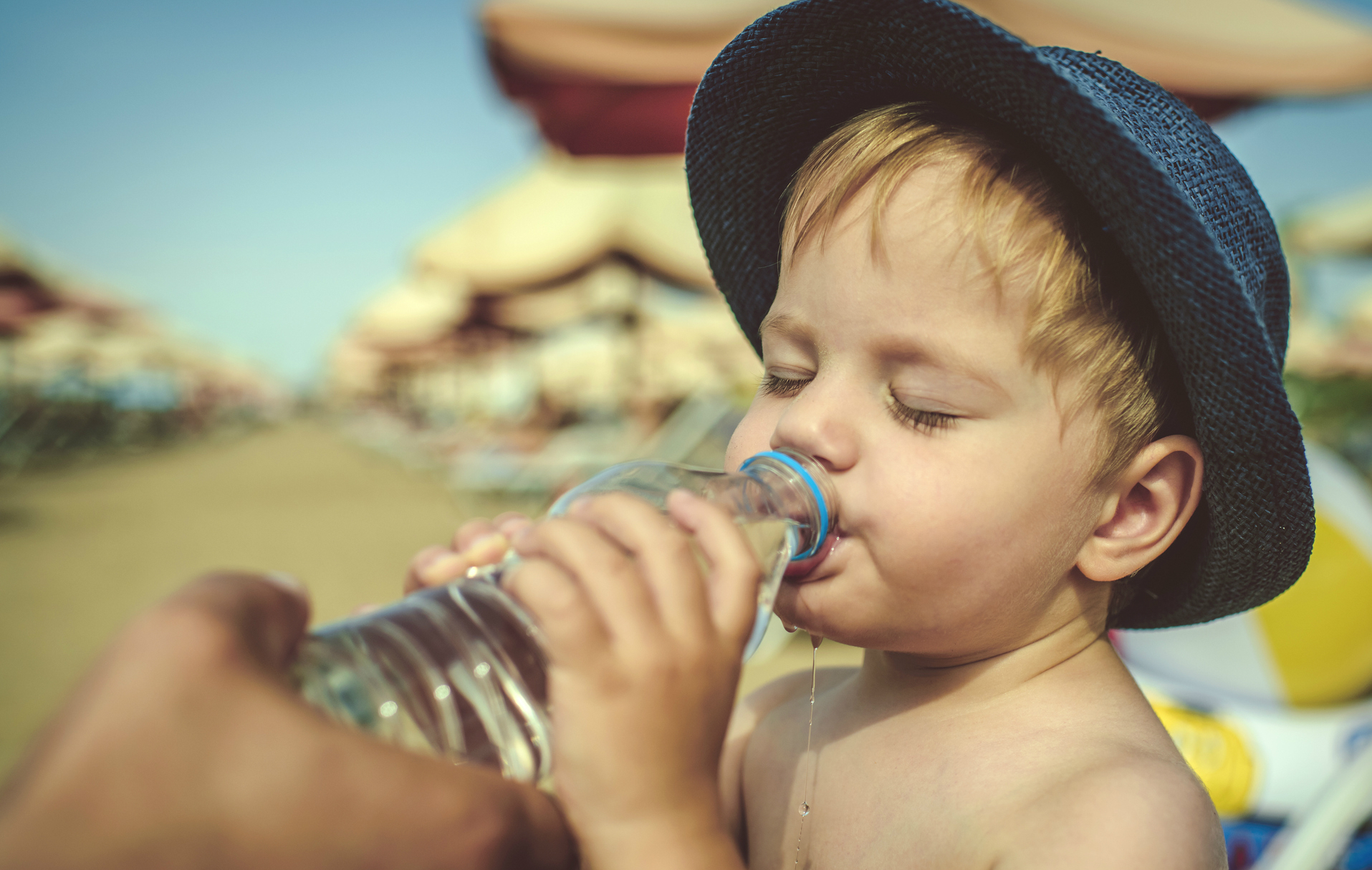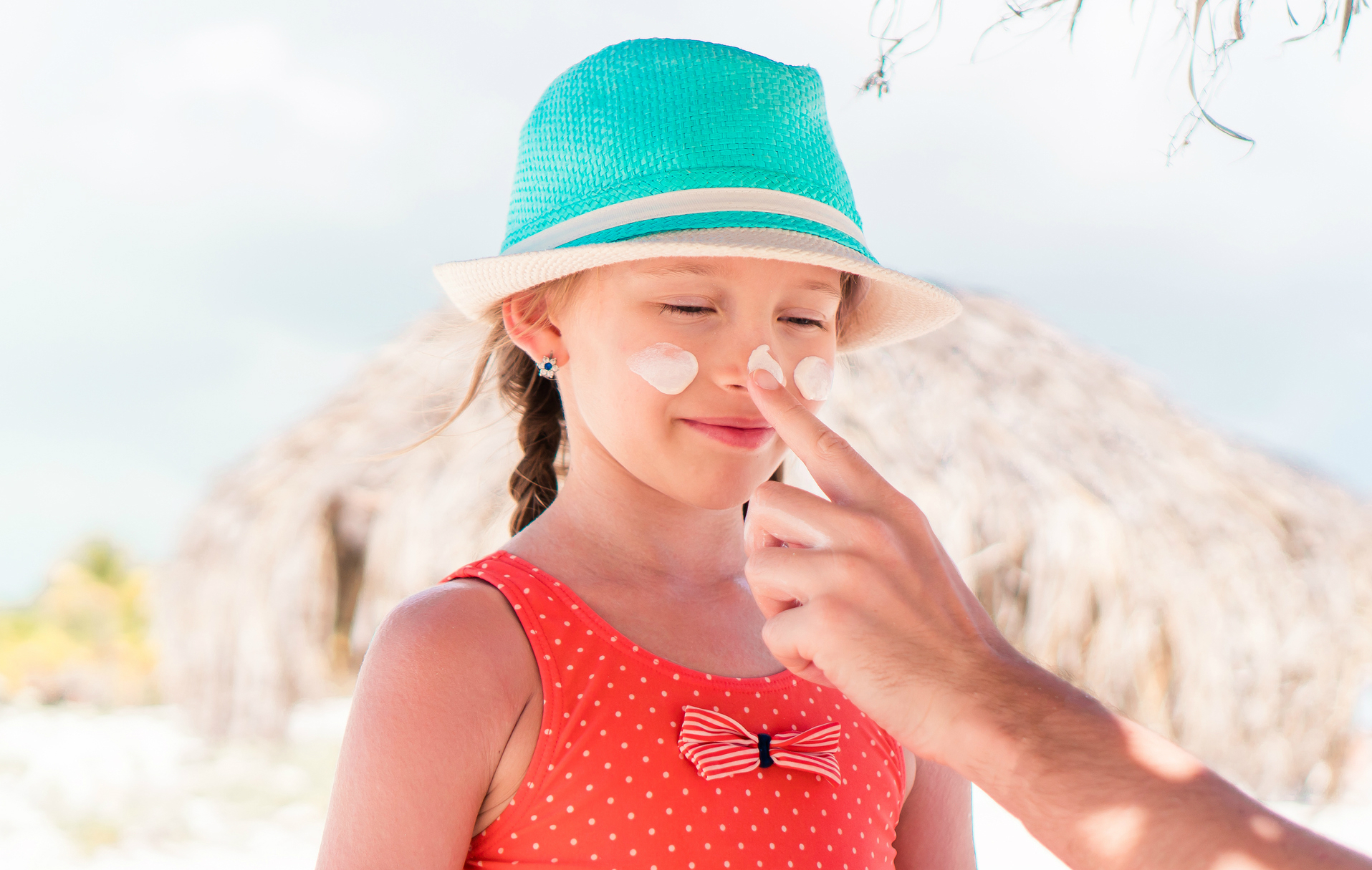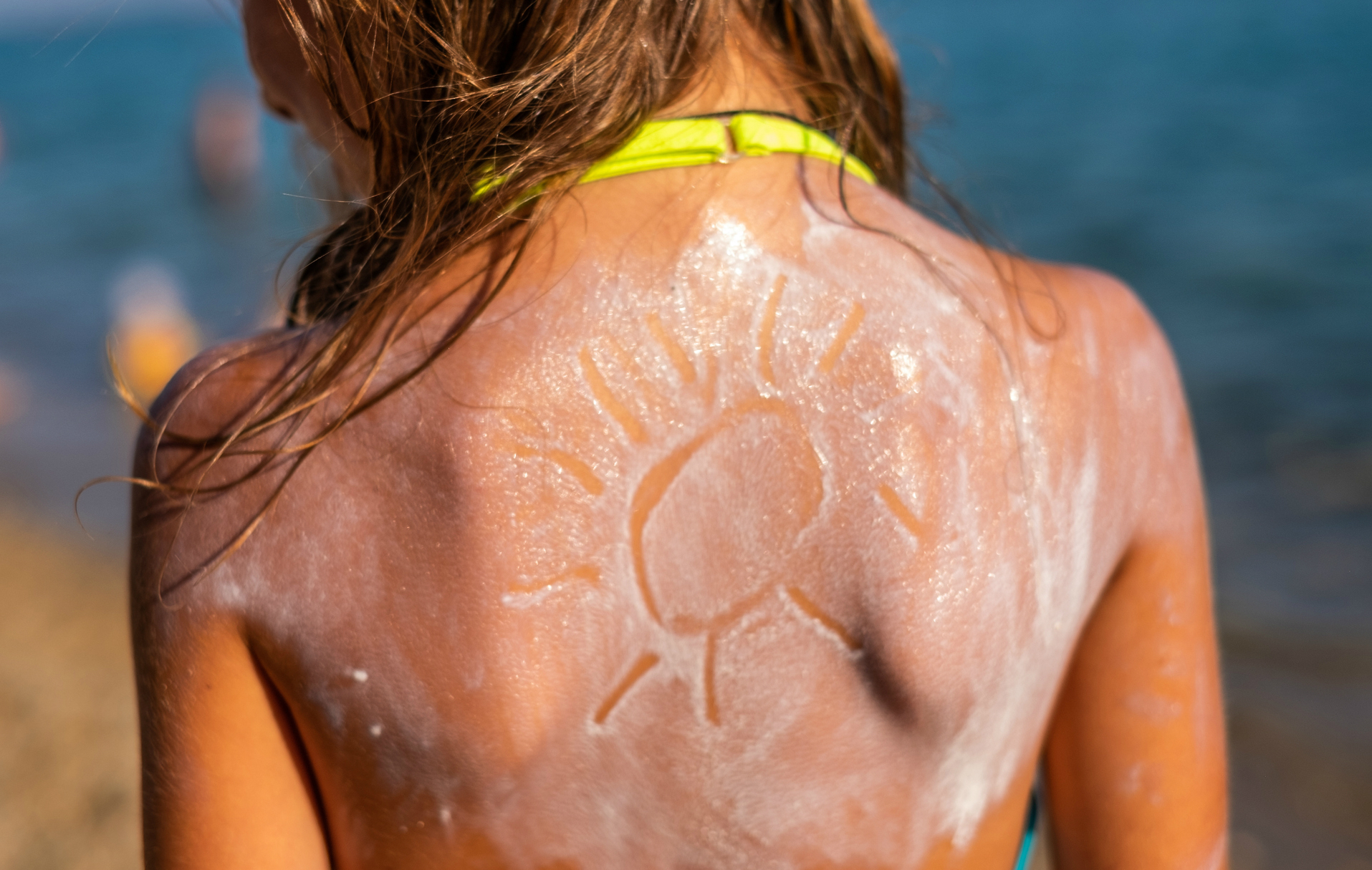Sun safety tips for parents: Are you protecting your child enough in the sun?
A new survey shows the importance of keeping your kids safe in the sun... but why are so many of us getting it wrong?

We all know that keeping our kids safe in the sun is important. But many of us are still getting suncare alarmingly wrong.
And when it comes to looking after your kid's skin on holiday, some of the tips and tricks we remember from our own family holidays are a little bit out of date. Therefore, we've prepared some sun safety tips for parents to help you keep your little tikes safe in the sun!
It's true that little ones' skin is more sensitive than ours is - so we need to be extra vigilant in taking care of it. We all know applying the best sunscreen is an essential part of any sunny day out.
According to statistics from Boots Soltan, a shocking 42% of UK parents say their under 10 year olds have been sunburned, and 57% of parents don't reapply sun cream until their child starts to look pink, by which point, the damage is done.
The most common reason parents gave for sunburn in under 10s was that sunscreen wasn't applied often enough (34%), simply getting caught out in hot weather (31%) or not having sun cream with them (31%).
So with that in mind, we've got the answers to some of mums' most burning questions regarding sun safety tips for parents...

Sun safety tips for parents - your questions answered:
What sun cream should I buy?
Step one in our sun safety tips for parents is to consider exactly what sun cream we should be buying. We know that we should be choosing the highest factor possible for our little ones – suntan lotion should be a minimum of SPF 30, even on olive or dark toned skin.
Parenting advice, hot topics, best buys and family finance tips delivered straight to your inbox.
But SPF only protects against UVB rays, the ones that affect the top layers of skin, causing visible sun damage (burning) and are known to contribute significantly to skin cancer. UVA rays are present all year round (even when it's not sunny) so it's important to take this into account when thinking about your child's sun protection.
UVA rays are the ones that penetrate deeper into the skin and are the ones that cause skin ageing and wrinkling, so it's vital to protect against them, too. When choosing your sun cream, look for the star rating on the bottle - the higher the star rating out of 5, the better it protects against UVA rays.
Ones that protect against both are called 'broad spectrum' sun protection, and good quality lotion will be marked with both rating systems.
Do I need to buy special sun cream for kids?
There are pros to buying sun cream designed especially for children, but it's not always necessary and down to budget and personal choice. Lots of brands do easy-application bottles and fast absorbing formulas. A spray fixture means lotion is distributed more evenly and doesn't take as long to sink in, and roll-on formulas work in much the same way your deodorant does, gliding on quickly and evenly for minimum fuss time.
Kids brands will often boast minimal nasties too, and organic brands are always a good shout if you're concerned about keeping your children chemical-free. Some even have fun fragrances (although nothing reminds us of our holidays more than the smell of suntan lotion, so maybe that's a missed trick!)

Do 'once a day' sun creams work?
The short answer is 'no'. In a recent survey by consumer watchdog Which?, four brands that claimed to only need to be applied once a day were proved to have 74% less effectiveness over the course of 6 - 8 hours - which is basically the same rate as standard suntan lotions. In Australia, products promising once a day protections are banned, and Which? is calling for the same restrictions in the UK.
It's vital to always top up every few hours, particularly if your children are in and out of water. Once a day or waterproof suntan lotions are far from 100% effective, especially if they are being rubbed off with towels or pool toys.
How much should I spend on sun cream for kids?
The same study found that the more expensive brands had the same effectiveness over time as the cheaper ones.
And one of the sun safety tips for parents that busy mums will love - some of the highest rated came from supermarket own brands! Try Aldi, Asda and Lidl for sturdy sunscreens at purse friendly prices.
How much suncream should I apply to my child?
Cancer Research UK recommends 2- 3 teaspoons if just your head and arms are exposed, and around 2 tablespoons for the entire body.
And just because your little ones are - well, littler - doesn't mean you should be scrimping on this measure. Extra sensitive skin = extra precautions.

Is my child more protected if they stay in the water?
This one is absolutely NOT true and can cause serious damage. Water can absorb UV rays, but only after a good few metres, and with little ones playing in the shallows the suns light will be refracted and intensified.
What's more, the coolness of the water can detract from how hot the sun is or how long we've been out in it. If your summer holidays mean lots of beaches and swimming pools, ALWAYS use waterproof suntan lotion and ALWAYS reapply every few hours (or more!).
Is it safe to use sun cream on my baby?
Babies burn even faster than children and toddlers. No matter how much it might stop you doing other things, keep babies under 6 months out of the sun completely. One bad burn during infancy can double a child's risk of melanoma later on in life.
It is safe to use sun cream on very young children, but look for products that don't contain titanium dioxide and zinc oxide, hypoallergenic ingredients that sit on top of the skin rather than absorbing into it.
Do I need to buy my kids hats for the sun?
Legionnaire style or wide-brimmed hats cut out around 50% of UV radiation to the eyes, face and neck. It's a good idea to get babies and young children used to wearing a hat - they'll be less likely to resist when they're older.
And kids love to get their hair braided on holiday, especially with all the beach traiders offering jazzy bits like beads and coloured thread! But with the hair parted tightly like this, the sensitive skin on the scalp is exposed and easy to forget about during the lotion slathering routine.
Make sure you don't miss the areas of skin between the braids, to avoid painful burning and uncomfortable peeling.